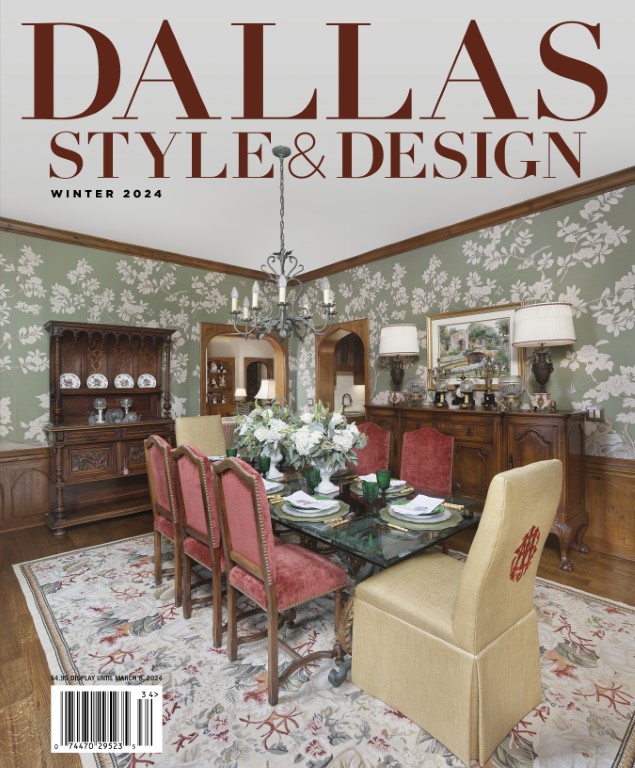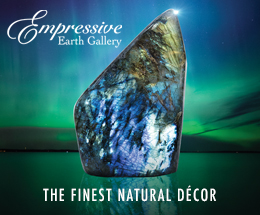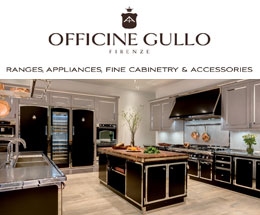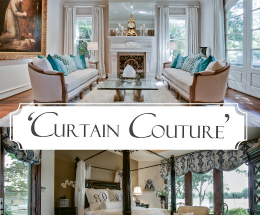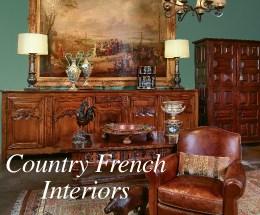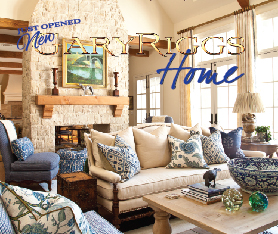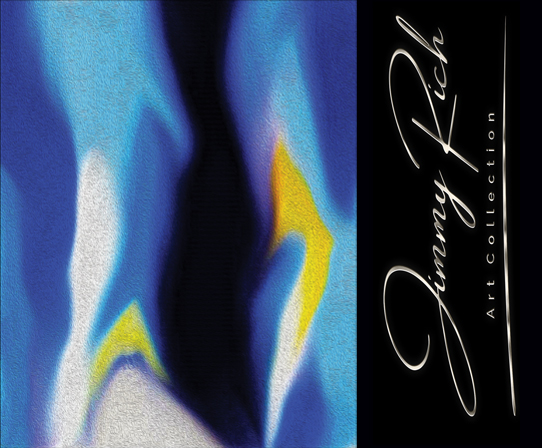What impresses you when you first step foot into Le Louvre French Antiques’ showroom are the towering 18th-century columns and the 17th-century monastery door that is imposing yet captivating in its design. It might also be the antique marble-top buffet that spans an entire wall that grabs your attention. Unlike other antiques stores, owners Annick McNally and her son, Patrick, have a certain fondness for architectural objects.
“We have three carved wooden panels measuring nearly 10 feet tall that have just sold to a client in California. These were salvaged from a small chateau just north of Paris,” says Patrick McNally. “The architectural pieces can be anything from old doors to overdoor carvings, stone archway fragments or anything artistic that was affixed to homes or buildings throughout France.”
The difference between Le Louvre and other antiques dealers in Dallas is the variety of choice. “It’s not only furniture that we have, but it’s carved stone fountains, wood statues, fireplace mantels, etc.,” says Annick.
The main focus of the store is on French antiques, which is to be expected since that is Annick’s birthplace. She moved to Dallas in 1982, when her husband decided to relocate. Desiring to return to her beloved home country as often as possible, Annick used her background in design to begin bringing rare antiques back from her visits. She opened a small 900-square-foot store located in North Dallas, which today is an 8,000-square-foot showroom in the Design District.
Having grown up around antiques all of his life and traveling to France often to visit family, Patrick decided to try out the business 11 years ago. “As a child, you don’t really understand anything about the pieces; they are just something you live with,” he remembers. “Ironically, it wasn’t until I joined the business that I realized how much I could appreciate the history of the pieces and why people become addicted to searching for and researching items. You quickly learn that to really understand the history of the antiques, you have to learn a bit about the history of the society that created them.”
The two make buying trips to France three to four times a year to handpick every item for their store. In addition to the French focus, the store also carries a selection of Spanish, Italian, Belgian and some German antiques.
“We are very selective with the pieces,” says Annick. “We try to locate the unusual pieces that someone cannot just stumble over in any store. We do not just load a container; we look carefully and buy what we love. We are looking for exceptional and unusual merchandise.”
“There are a great number of dealers and thousands of pieces on the market all over the world. You have to be very selective,” Patrick stresses. “When someone visits our showroom, we want them to be able to notice an immediate sense of quality. This means a substantial amount of time sifting through available pieces on the market.”
“Generally, based on our experience and history in the business, we already know what we are looking at. For instance, if we find a tapestry, we know if it is from the 17th century and by its design, who the likely manufacturer was,” says Annick, who has been working with antiques for 33 years.
In addition to providing a wide selection of fine antiques, Le Louvre is known for its outdoor and garden items, located in a 2,000-square-foot outdoor area at the rear of the store. Patrick informs buyers that all of the fountains are hand-carved limestone from France and sometimes Italy. “Although not all are antique, the distressing and the added antique patina make them look centuries old.”
Like most elements of design, the popularity of antiques is cyclical, but both Annick and Patrick feel that today’s homes can have both contemporary and antique pieces. “A contemporary design with a stunning antique or two can make for a sophisticated look,” says Annick. “Whether it’s a verdure tapestry or antique walnut desk, these antiques can provide a fabulous contrast and instantly give elegance and warmth to a room.”
“Antiques have been cared for and cherished by people, in some cases for over 500 years, and there is no reason to believe that this will suddenly change,” says Patrick.
Antiques will always retain their value over time and are looked at as an investment. “They are a type of investment that can be enjoyed and used in everyday life,” says Annick.

